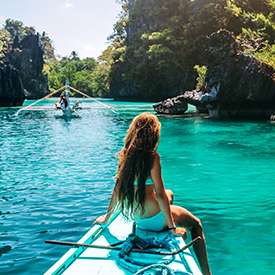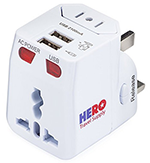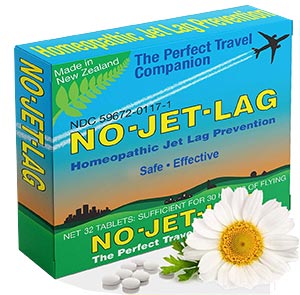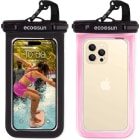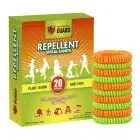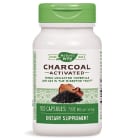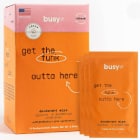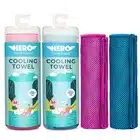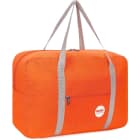The Philippines is a tropical climate so you want to wear light, breathable clothing. It can cool down in the evenings though so a light sweater and a pair of pants are good to have on hand.
Beach towns are spread across the Philippine islands with a relaxed and casual atmosphere so flip flops, shorts, tees, tanks, beach dresses and bikinis are the norm.
You’ll get a lot of sun in the Philippines so make sure to protect yourself from sunburn and heatstroke. Pack plenty of sunscreens, a hat, and sunglasses.
If you are looking for a trip that goes beyond staying in a resort, you’ll want to pack some comfortable and sturdy shoes. There’s a lot of great hiking routes filled with rice patties, jungles, and waterfalls so shoes are necessary. Also, if you are planning to get around by scooter, shoes are the best way to go.
The Philippines has an abundance of marine life with opportunities to go snorkeling with sea turtles and spotting whale sharks while scuba diving so you’ll want to have water gear. A snorkel, mask, and GoPro are the basic essentials to bring. Also, many areas have sea urchins around and other things that may hurt your feet so it’s good to wear water shoes.
Lastly, torrential downpours can occur between June to September so it’s good to have a light rain jacket and umbrella.




